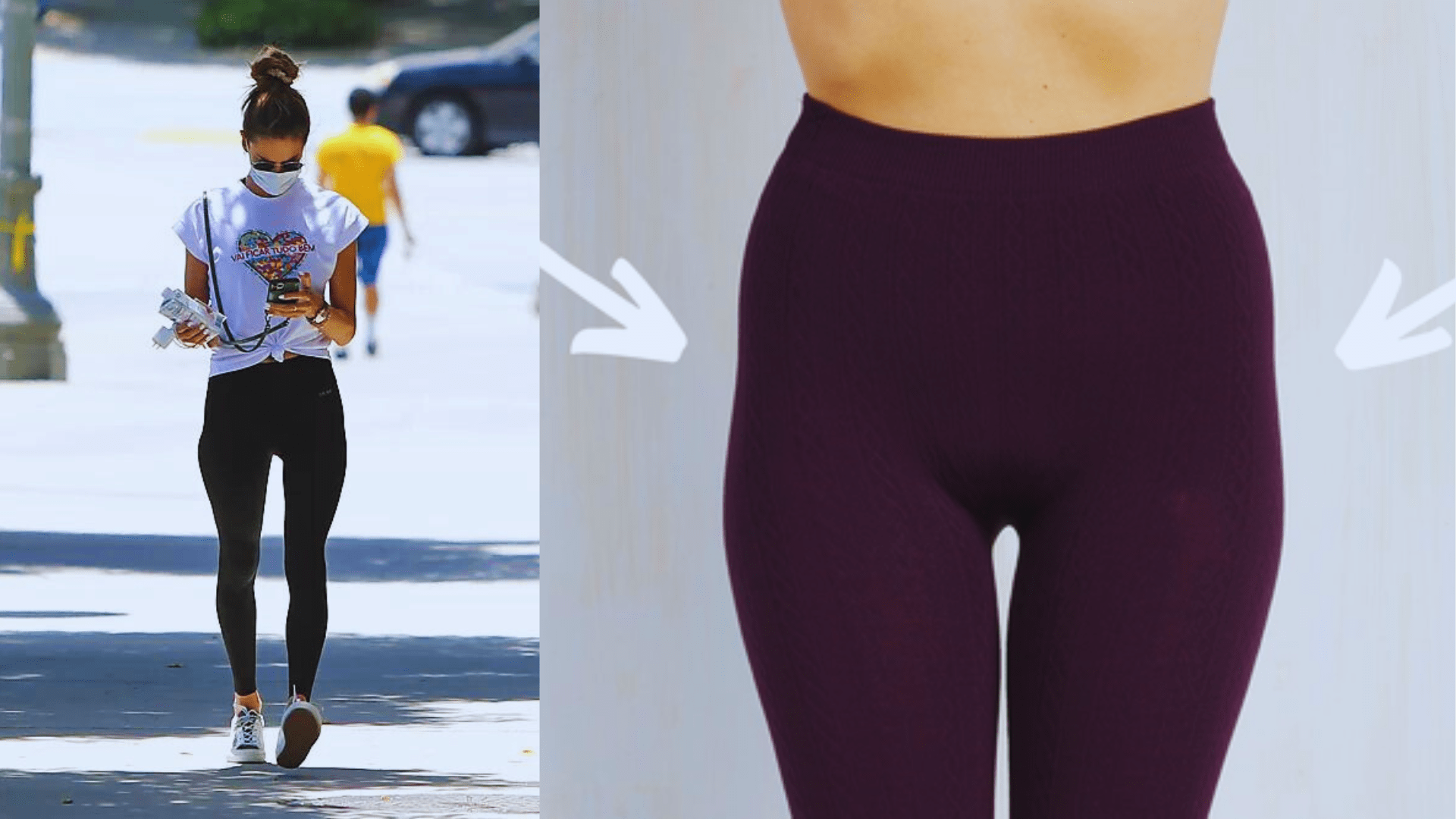Hip dips, also known as violin hips, refer to the slight inward curves just below each of the hip bones, where the skin indents inward on the side of the body between the hip bone and the thigh. The appearance of hip dips is largely determined by genetics and the structure of one’s pelvis, as well as how muscle and body fat are distributed around this area. Hip dips have nothing to do with weight or physical fitness, and they are considered a normal variation of the human body. There’s a growing conversation around embracing and celebrating body diversity, including the presence of hip dips, challenging the beauty standards that deem them undesirable.
The Anatomy Behind Hip Dips
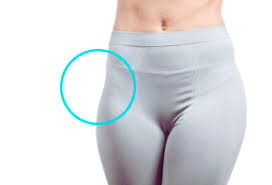
Hip dips, also known as violin hips, are visible indentations that occur between the hip and thigh area. They are a natural part of the body’s structure, stemming from the way a person’s hip bones are aligned with their femur. The presence and prominence of hip dips are influenced by the width of the hips, the distance between the hip bone and the greater trochanter (the top part of the thigh bone), and how muscle and fat are distributed in this area. Hip dips are more common in women and individuals assigned female at birth but can appear in anyone, regardless of gender. Their visibility is not necessarily indicative of one’s health or fitness level but rather a characteristic determined by individual skeletal and muscular anatomy.
Why Do Hip Dips Occur?
Genetics and Hip Dips
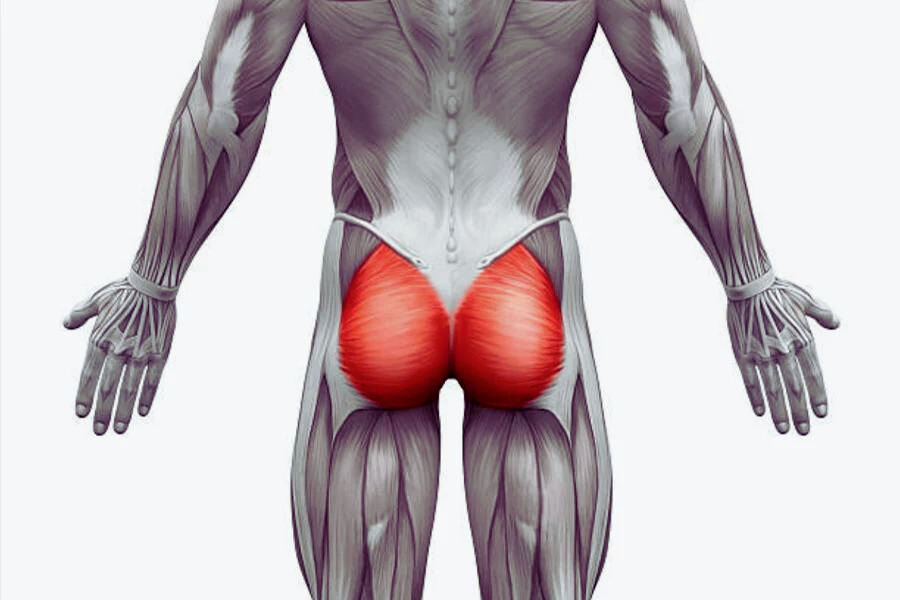
Hip dips occur due to a combination of factors, primarily genetics, the structure of the pelvis, and how fat and muscle are distributed across the body. The shape of the hip bone (pelvis) and the distance between the hip bone and the top of the thigh bone (femur) significantly contribute to the presence and visibility of hip dips. Fat distribution, which is influenced by genetics and hormones, also plays a crucial role. If there’s less fat in the area around the hip dips, they may appear more pronounced. Despite various fitness and health levels, hip dips are a normal anatomical feature and not indicative of any health issues. They are determined by one’s genetic blueprint and physique, aspects that cannot be altered through exercise or diet.
Body Fat Distribution and Hip Dips
Hip dips, or violin hips, are indentations along the side of your body, just below the hip bone. Their appearance and prominence are primarily determined by genetics and the unique ways in which your body distributes fat. The structure of your pelvis, the shape of your glutes, and how fat is distributed across these areas significantly impact whether hip dips are visible or not. Although changes in body fat percentage and muscle mass can affect their appearance, these factors don’t directly cause hip dips. Instead, they might exaggerate or minimize the indentations due to varying fat stores in the surrounding areas. Understanding that hip dips are a natural part of human anatomy, largely beyond individual control, can help in embracing and accepting them as a normal body variation.
Muscle Mass and Hip Dips
Hip dips occur due to the shape of the pelvis and are a normal anatomical feature. While muscle mass and fat distribution can influence how noticeable hip dips are, they are not the cause of hip dips themselves. The structure of your pelvis, combined with how your body distributes fat and builds muscle, can make hip dips more or less prominent. Everyone has a unique body shape, and for some, this includes more visible hip dips. It’s essential to understand that variations like hip dips are typical and reflect the diversity of human anatomy.
Are Hip Dips Normal?
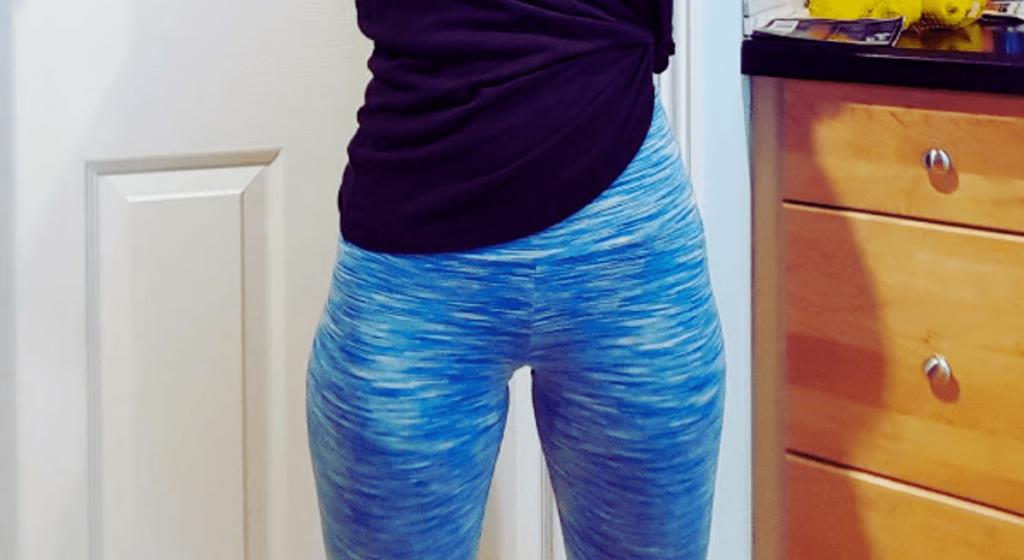
Yes, hip dips are completely normal. They are a part of the body’s natural structure and vary from person to person depending on the size and shape of their pelvis and bones near the hip area. Experts emphasize that hip dips are a normal and healthy part of the human anatomy and do not indicate any underlying health or metabolic issues. They are just one of many normal body variations, like not having a thigh gap or a thigh brow, and are not a cause for medical concern.
The Beauty Standards Myth
Hip dips are a completely normal and natural part of the human body’s structure, stemming from the shape of the pelvis and how the skin adheres to the thigh bone. They are not an indication of health issues or lack of fitness; rather, their visibility is largely determined by genetics and bone structure. Despite societal beauty standards often showcasing a very narrow and specific body type as the ideal, the perception of beauty is highly subjective, and hip dips are just one of many body features that do not fit into this narrow view. Understanding and embracing the normalcy of hip dips can be a significant step toward personal empowerment and body positivity.
Celebrating Body Diversity
Hip dips, the natural indentations along the side of your body, have become a symbol of body diversity and self-acceptance. The rise of the #hipdip trend on Instagram showcases a movement towards celebrating this feature, encouraging people to embrace their unique body shapes. This trend is part of a larger cultural shift towards recognizing and celebrating beauty in all different sizes and shapes, moving away from narrow beauty standards. Although certain exercises may reduce their appearance, it’s important to understand that hip dips are a natural part of the body’s structure and cannot be completely eliminated. Many celebrities have also joined in advocating for body positivity by embracing their hip dips, further promoting self-acceptance among their followers. This celebration of hip dips aligns with the broader movement towards body confidence and the acknowledgment of personal beauty in all forms.
Managing Hip Dips
Exercise and Hip Dips
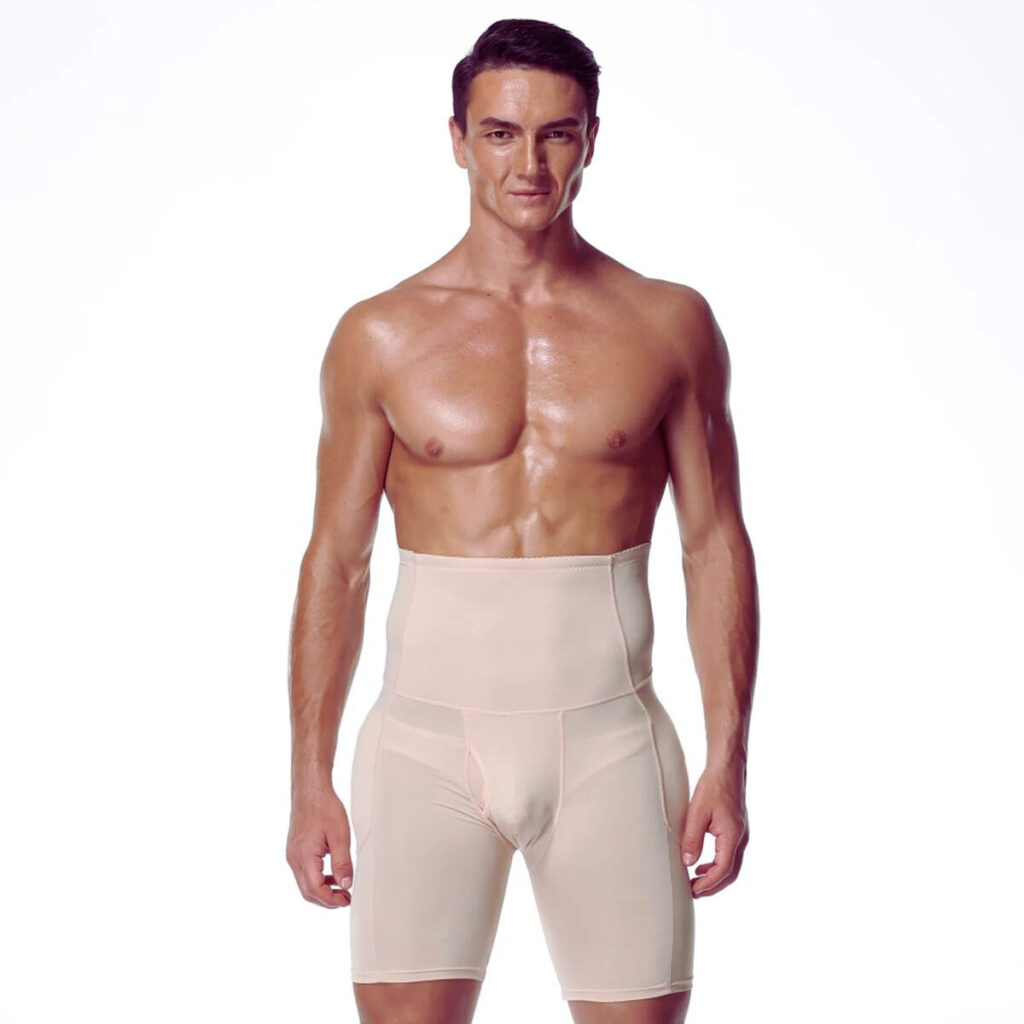
While hip dips are a natural and normal part of the body’s structure, certain exercises may help reduce their appearance by strengthening and toning the muscles around your hips and thighs. Key exercises include:
- Squats – Target glutes and hips.
- Lunges – Focus on the lower body, improving muscle tone.
- Side leg lifts – Strengthen the sides of your hips and butt.
- Clams and Bridges – Target the hip and glute area for increased muscle tone.
It’s important to note that while these exercises can enhance muscle tone and potentially reduce the appearance of hip dips, they cannot entirely eliminate them due to their structural nature. Embracing and celebrating body diversity is key.
Diet and Hip Dips
Hip dips are primarily determined by genetics and bone structure, indicating that altering them significantly through diet alone is unlikely. While diet can impact overall body fat, which may in turn make hip dips more or less noticeable, it cannot fundamentally change the underlying bone structure causing hip dips. General weight reduction might reduce their visibility if hip dips are accentuated by pronounced fat deposits. However, embracing and understanding that hip dips are a natural part of human anatomy is essential for body positivity and self-acceptance.
Fashion Tips for Hip Dips
Dressing for hip dips involves choosing styles that either embrace this natural body shape or cleverly minimize its appearance. Here are some tips:
- A-Line and Fit and Flare Skirts/Dresses: These styles can help minimize the appearance of hip dips by providing a flattering silhouette that doesn’t cling to the hips too tightly.
- Thicker Fabrics and Structured Skirts: Opt for clothing made from thicker materials and choose skirts that are woven and structured rather than stretchy. This can help in providing a smoother outline.
- Looser Fitting Pants: While it might not always be the first choice for everyone, looser fitting pants can be beneficial in styling hip dips as they don’t cling to the hips, providing a more flowing appearance.
- Layering and Strategic Patterns: Using layers or patterns can also divert attention away from hip dips, creating a more balanced look overall.
Remember, these tips are about enhancing how you feel in your clothes. Embracing your body’s natural shape is equally important.
Embracing Your Body
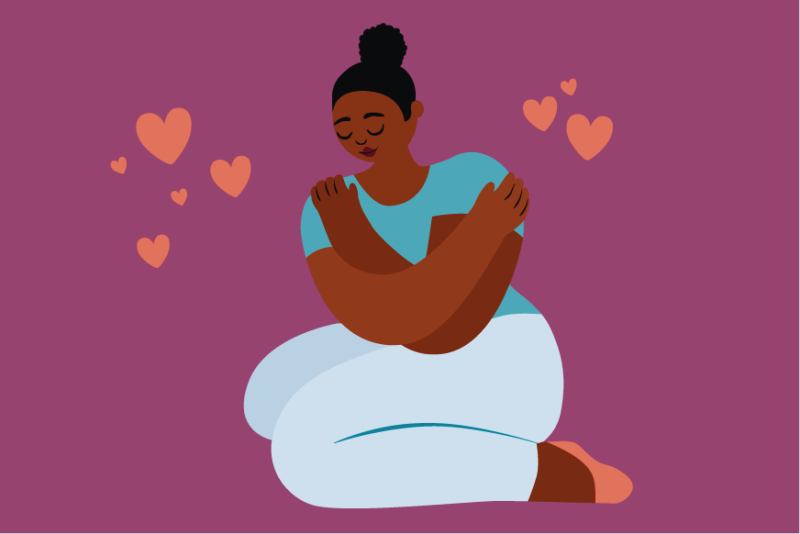
Embracing your hip dips starts with understanding that they are a natural part of your body’s structure, often influenced by your bone configuration rather than fat or muscle. To foster body positivity and confidence, here are a few approaches:
- Exercise with Love: Engage in exercises like squats, which can enhance your overall physique and boost confidence without the sole aim of altering your hip dips.
- Body Positivity Advocacy: Look up to celebrities and influencers who embrace their hip dips as part of their unique beauty, promoting a more inclusive definition of body attractiveness.
- Wardrobe Choices: Opt for clothing that makes you feel comfortable and confident. Avoiding tight, low waistbands and preferring looser garments like A-line skirts can help you feel more at ease with your body shape.
Remember, focusing on your body’s functionality and health is far more rewarding than stressing over cosmetic attributes. Your hip dips are a part of what makes you uniquely you.
Conclusion
Hip dips are a normal, natural part of the human body. They’re influenced by genetics, body fat distribution, and muscle mass. While beauty standards may fluctuate, it’s essential to remember that these standards don’t define your worth or beauty. Embracing your body, with or without hip dips, is a step toward a healthier self-image and overall well-being.
Read also: What Are Capers?
FAQs
Q. Can I eliminate hip dips with exercise?
While exercise can help build muscle around the hips and may alter their appearance slightly, it cannot change your bone structure. Embracing and loving your body as it is, is crucial.
Q. Are hip dips a sign of being overweight?
No, hip dips are not a sign of being overweight. They are a structural characteristic determined by your bone structure and where your body naturally distributes fat.
Q. Do men have hip dips too?
Yes, men can have hip dips as well. They are a human anatomical feature, not exclusive to any gender.
Q. Is it possible to predict if my children will have hip dips?
Since genetics play a significant role in the presence of hip dips, if they are common in your family, there is a chance your children might have them too. However, it’s not a certainty.
Q. How can I learn to love my hip dips?
Embracing body positivity and surrounding yourself with positive influences can help. Remember, your body’s uniqueness is what makes you special. Celebrating rather than critiquing your differences can be a powerful step towards self-love.
